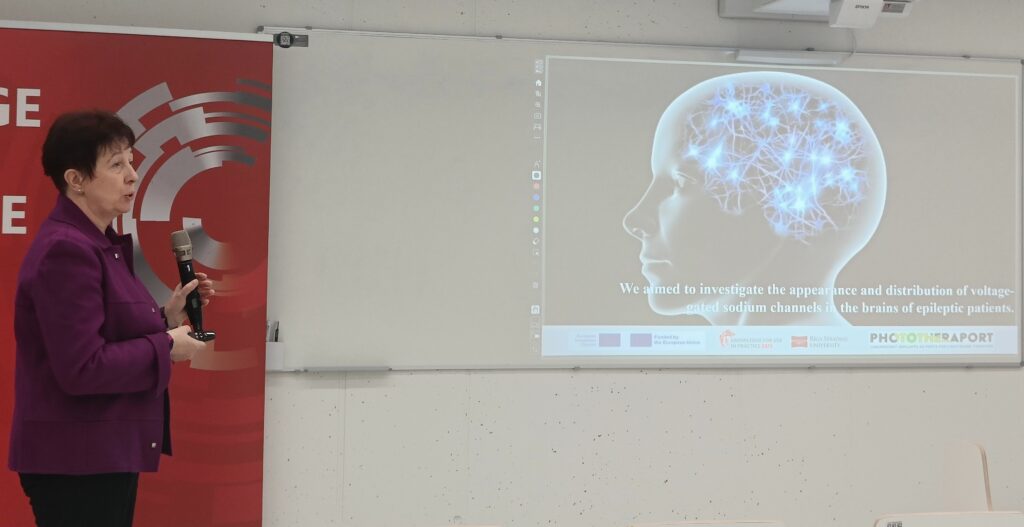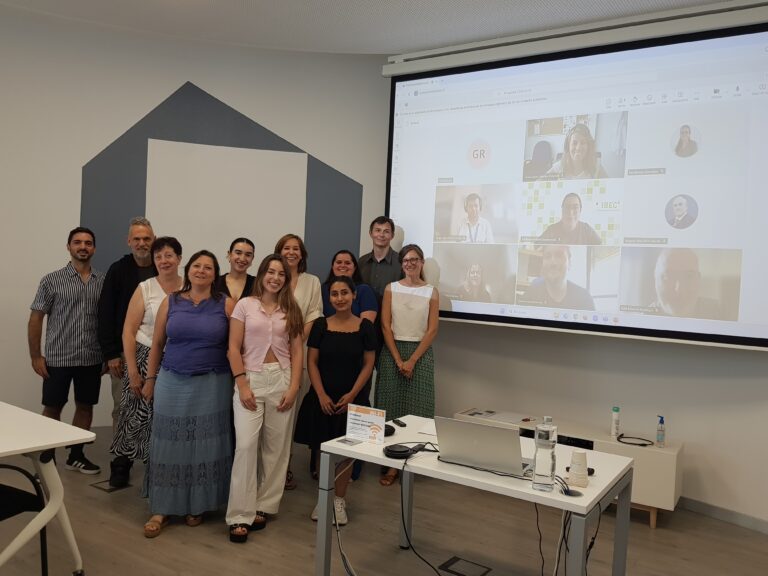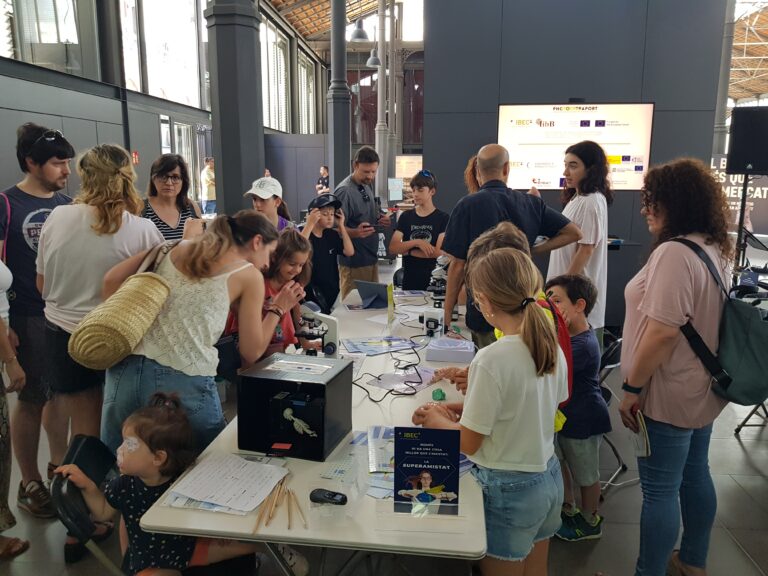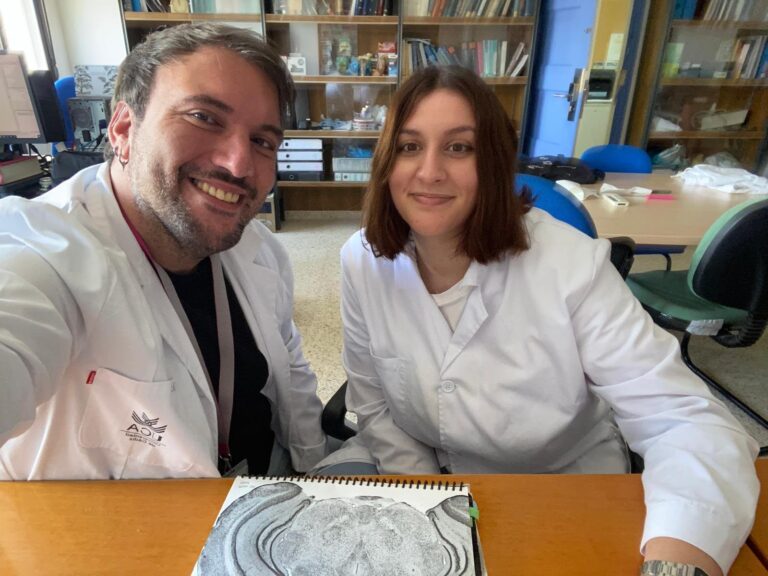Last 26-28 March, Prof. Valērija Groma presented the latest results of her research group on voltage-gated sodium channels at the International Conference on Medical and Health at Riga, Latvia.

The International Conference on Medical is organized in the frame of Knowledge for Use in Practice, one of the central elements of the Research Week 2025 conferences. Those scientific meetings are organized by the Riga Stradins University and focus on crucial areas that drive societal progress to ensure a sustainable and innovative future.
Prof. Valērija Groma participated in the session “From Past to Modern Morphology”, included in the topic “Medical Diagnostics Evolution: From Morphology and Radiology to New Frontiers”, which took place the 28 March. Her oral talk titled “Appearance and Distribution of Voltage-Gated Sodium Channels in Excitable and Non-Excitable Cells of the Human Brain” focused on the study of the appearance and distribution of voltage-gated sodium channels in the brains of epileptic patients.
To an audience of 30 people, Prof. Groma explored how voltage-gated sodium channels, essential for transmitting electrical signals in the brain, are distributed in different types of brain cells. These channels are known to vary depending on the tissue and play a role in conditions like epilepsy. Using human brain tissue from the Netherlands Brain Bank, her research group analyzed the presence of specific sodium channel types in various brain regions, founding that some channels, like Nav1.1 and Nav1.7, appeared only weakly across all regions, while others, such as Nav1.2, showed stronger expression in specific areas like the cerebellum and white matter. Interestingly, not only neurons but also non-excitable cells such as astrocytes and microglia showed some level of sodium channel expression. These findings suggest that sodium channels have diverse roles beyond just electrical activity, including regulating cellular communication and maintaining the balance of ions within the brain.
This kind of conferences promote advancements in one domain to support and propel progress in others, ultimately contributing to a future where innovation, sustainability, and social well-being are examined through an integrated perspective. In this sense, Prof. Groma’s oral presentation stimulated excellent scientific discussions and networking to support advancements in the domain of brain morphology in the context of epilepsy. It was certainly a great scenario for creating new collaborations for PHOTOTHERAPORT project!



